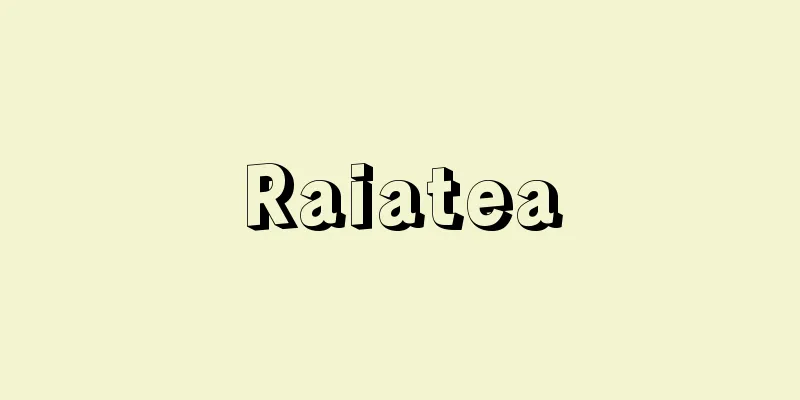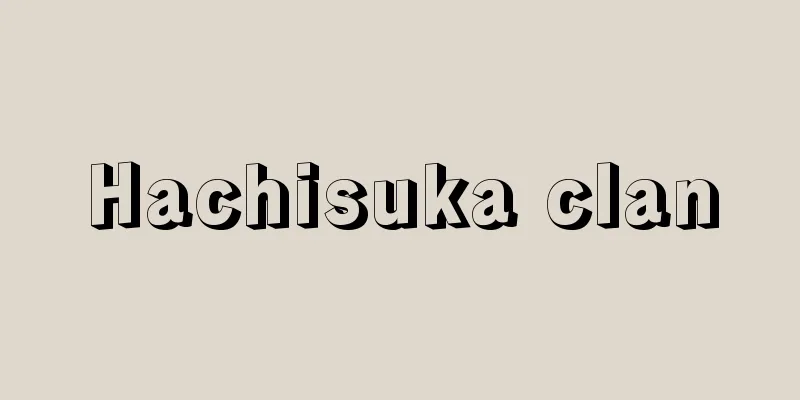Bonkei

|
It is an elegant pastime that is unique to Japan, where various natural scenes are depicted three-dimensionally on a tray, mainly using kedo (elastic soil formed when reeds and cattails are buried underground for many years), and the beauty and solitude of these scenes are admired. It is said to have originated long ago during the reign of Empress Suiko, when it was made by someone who came from Baekje. After that, after simple hachiyama and bon gardens were lovingly cultivated by Heian aristocrats, from the middle of the Meiji period, kedo began to be used in place of red soil. At the same time, by adhering to various rules (basics), it has developed into "bonkei-do," a plastic art form that is similar but not the same as a miniature garden. There are many types of bonsai, including flat bonsai, hanging bonsai, standing bonsai, frame bonsai, stone bonsai, tabletop bonsai, solid (dried) bonsai, and sand art. The orthodox style of flat bonsai is created by filling a bonsai tray with water and placing a slatted base on top to keep it fresh for a long time. The pattern is then made with clay kneaded with hot water and then mountains and rocks are created using a horsetail (metal spatula) with white clay and whetstone powder, which are then colored with pigments and sprinkled with moss. The water surface is created with blue sand and the waves with white sand, and the bonsai is completed by arranging small bonsai, cuttings, or specially made trees. The main materials can be used over and over again, but the perspective is emphasized and strict adherence to the basic principles of bonsai, including the grass method, the practice method, and the true method, is required. The Japan Bonkei Association was founded in 1916 (Taisho 5), and currently has nine schools affiliated with it: Izumi, Onko, Gakusui, Gafu-kai, Ganpo, Kozan, Hozan, Youbi, and Waun. [Fujibayashi Jusen] Source: Shogakukan Encyclopedia Nipponica About Encyclopedia Nipponica Information | Legend |
|
主として化土(けど)(アシやマコモが長年地中に埋もれてできた弾力性のある土)を用い、盆上にあらゆる大自然の景を立体的に表現して、その美と寂(さび)をめでる、いまでは日本独特の風流な道(あそび)である。起源は遠く推古(すいこ)帝のころ、百済(くだら)より渡りきたった者の作にあるといわれる。その後、平安貴族らによって慈しみはぐくまれてきた素朴な鉢山、盆庭などを経て、明治の中ごろからは、赤土にかわって化土の起用に移った。そして同時に、さまざまな約束ごと(基本)を守ることによって、箱庭とは似て非なる造形芸術「盆景道」として発展してきたものである。 平(ひら)盆景、吊(つり)盆景、立(たて)盆景、額盆景、石盆景、卓上盆景、固型(乾燥)盆景、砂絵と種類も多い。正統派ともいえる平盆景は、みずみずしさを長く保つために、盆に水を入れて簀子(すのこ)を置き、その上に熱湯で練った化土で図取りをし、土筆(つくし)(金属製のへら)に白土(はくど)や砥(と)の粉(こ)をつけながら、山や岩をつくり、顔料を用いて着色し播苔(まきごけ)をふる。水面は青砂、波は白砂を落として表し、豆盆栽、挿木または専用の造木を配してできあがる。主材料は何度でも使用することができるが、まず遠近感を重んじ、草(そう)の法、行(ぎょう)の法、真(しん)の法をはじめとする盆景の基本を守ることが厳しく要求される。1916年(大正5)に創立された日本盆景協会に現在所属するのは、和泉(いずみ)流、温故(おんこ)流、岳水流、雅風会、巌芳(がんぽう)流、湖山流、豊山(ほうざん)流、蓉美(ようび)流、和雲(わうん)流の9流派である。 [藤林樹川] 出典 小学館 日本大百科全書(ニッポニカ)日本大百科全書(ニッポニカ)について 情報 | 凡例 |
>>: Hong Gai - Hong Gai (English spelling)
Recommend
Herbrand, J. - Herbrand
...However, the continuum problem itself, i.e., w...
Dollar - Doru (English spelling) dollar
As of the end of 2008, a total of 29 countries, i...
Zuray' (English spelling)
...The Ismailis became active from the end of the...
Ebihara Mutsuo - Ebihara Boku
Year of death: 1901 (Meiji 34) Year of birth: Temp...
Gengenshu - Gengenshu
A medieval Shinto book. Eight volumes. It is said ...
Prediction theory
In the past, attempts were made to predict the fut...
Jagger, M.
…A British group at the top of rock. Vocalist Mic...
Tsubosaka Temple
This temple is located in Tsubosaka, Takatori-cho...
Hans Fallada
German novelist. His real name was Rudolf Ditzen....
Venting - Hassan
〘noun〙① When a person expels or scatters a certain...
Oegami - Oegami
…This shrine enshrines Amenohiwashi-no-Mikoto. Ac...
Friends of the Earth
...On the other hand, the internationalization of...
Stacked leaf springs - Kasaneitabane (English spelling) Leaf spring
A spring made by stacking several to a dozen flat...
Cervus axis; chital; spotted deer
A member of the Cervidae family of the even-toed u...
Callitris
...The subfamily Cupressaceae includes species su...









